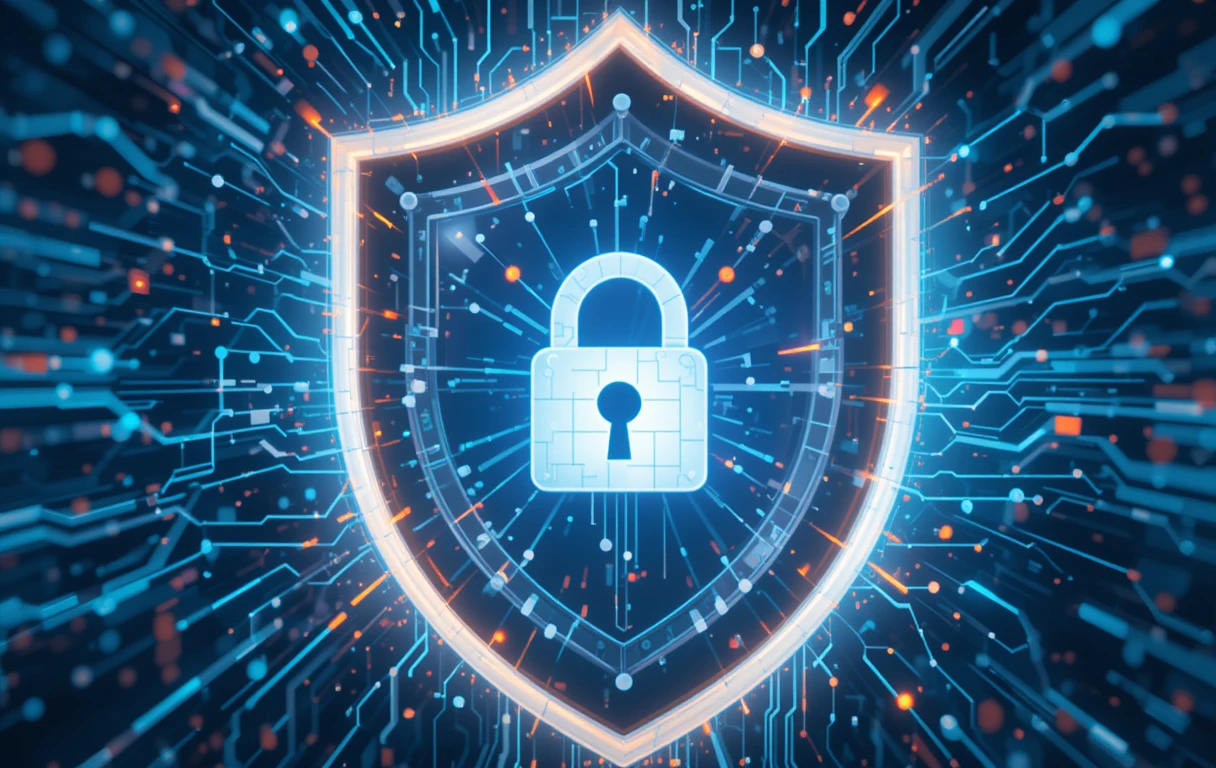Cybersecurity has become one of the most pressing concerns of the 21st century. In an age where data breaches, ransomware attacks, and digital espionage are on the rise, governments worldwide are stepping up their efforts to protect their citizens online. But what do these policies really entail? How do they impact individuals, businesses, and global security? Let’s dive into the complex yet fascinating world of government-driven cybersecurity policies and explore their significance in safeguarding our digital lives.
Why Cybersecurity Policies Matter More Than Ever
The digital era has transformed the way we live, work, and communicate, but it has also opened new avenues for cybercrime. According to research by Cybersecurity Ventures, the global cost of cybercrime is expected to reach $10.5 trillion annually by 2025, up from $3 trillion in 2015. Such staggering figures highlight the need for robust cybersecurity policies to shield citizens, critical infrastructure, and national economies.
Governments around the world now view cybersecurity as a top priority, recognizing that threats extend beyond personal data breaches to include attacks on healthcare systems, financial institutions, and even electoral processes. These policies are not just technical mandates; they are lifelines in an interconnected world.
The Core Pillars of Government Cybersecurity Policies
Effective cybersecurity policies are built on several fundamental principles. These pillars serve as the foundation for safeguarding online ecosystems:
1. Data Protection and Privacy
Governments have introduced comprehensive privacy laws, like the General Data Protection Regulation (GDPR) in the European Union, to ensure that citizens’ personal data is handled with care. These laws focus on transparency, requiring organizations to disclose how they collect, store, and use data.
2. National Security and Critical Infrastructure
Critical sectors like energy, healthcare, and transportation are prime targets for cyberattacks. Policies such as the Cybersecurity and Infrastructure Security Agency (CISA) in the United States aim to secure vital infrastructure from threats that could destabilize national security.
3. Incident Response and Recovery
No system is entirely immune to cyberattacks. Governments have established protocols for rapid incident response, minimizing damage and ensuring quick recovery. The NIST Cybersecurity Framework provides guidelines for businesses and government agencies to prepare for and respond to threats effectively.
Global Approaches to Cybersecurity Policies
Different countries have adopted unique strategies to tackle cybersecurity challenges. Let’s explore how leading nations are approaching the issue:
1. United States: Cybersecurity Executive Orders
The United States has implemented several executive orders aimed at improving federal cybersecurity systems. One of the most significant steps was the creation of the Cybersecurity Maturity Model Certification (CMMC), which ensures that defense contractors meet stringent security requirements.
2. European Union: GDPR and NIS Directive
The EU leads the way with the GDPR, which enforces strict data protection rules. Additionally, the NIS (Network and Information Systems) Directive focuses on strengthening the cybersecurity capabilities of member states.
3. China: Cybersecurity Law
China has implemented a comprehensive Cybersecurity Law that requires companies to store user data within the country and pass rigorous security checks before introducing products to the market.
4. India: Personal Data Protection Bill
India’s proposed Personal Data Protection Bill aims to regulate the collection, storage, and use of personal data, while initiatives like Cyber Surakshit Bharat focus on educating organizations about cybersecurity best practices.
Challenges Governments Face in Implementing Cybersecurity Policies
While governments are working tirelessly to create robust cybersecurity frameworks, they face several obstacles:
1. Rapid Technological Advancements
The fast pace of technological innovation often outstrips the ability of policies to keep up. For example, the rise of AI-driven cyberattacks presents a new frontier of challenges.
2. International Cooperation
Cybercrime knows no borders. Governments must collaborate on a global scale, but geopolitical tensions often hinder effective cooperation.
3. Balancing Security and Privacy
Striking a balance between protecting citizens and respecting their privacy remains a delicate issue. Overly stringent surveillance measures can lead to public backlash.
How Cybersecurity Policies Impact Citizens
Cybersecurity policies aren’t just abstract government initiatives; they have a tangible impact on everyday lives:
- Safer Online Transactions: Policies ensure that online banking and e-commerce platforms are secure.
- Protection from Identity Theft: Measures like two-factor authentication reduce the risk of identity fraud.
- Educational Campaigns: Governments often run awareness campaigns to educate citizens about phishing scams and safe online practices.
Emerging Trends in Cybersecurity Policies
As the digital landscape evolves, governments are embracing new trends to strengthen their cybersecurity frameworks:
1. AI and Machine Learning
AI is being leveraged to detect and mitigate cyber threats in real-time, helping governments respond faster to attacks.
2. Zero Trust Architecture
The Zero Trust approach assumes that no user or device can be trusted by default, ensuring stricter access controls.
3. Cybersecurity Awareness Programs
Governments are increasingly investing in educational programs to teach citizens and businesses about cybersecurity risks and best practices.
How You Can Stay Safe Online
While governments are doing their part, individuals also play a crucial role in enhancing cybersecurity. Here are a few tips:
- Use Strong Passwords: Avoid easily guessable passwords and use password managers.
- Enable Multi-Factor Authentication: Add an extra layer of security to your accounts.
- Stay Updated: Regularly update your devices and software to protect against vulnerabilities.
- Be Cautious of Phishing Scams: Verify the authenticity of emails and messages before clicking on links.
Conclusion
Cybersecurity policies are the backbone of digital safety in an increasingly connected world. Governments are rising to the challenge, crafting comprehensive strategies to protect citizens from evolving cyber threats. While challenges remain, the collective efforts of governments, businesses, and individuals will ensure a safer online future.
As we navigate the digital age, it’s essential to stay informed and proactive. After all, cybersecurity is not just a government responsibility—it’s a shared commitment to safeguarding the digital spaces we all rely on.




